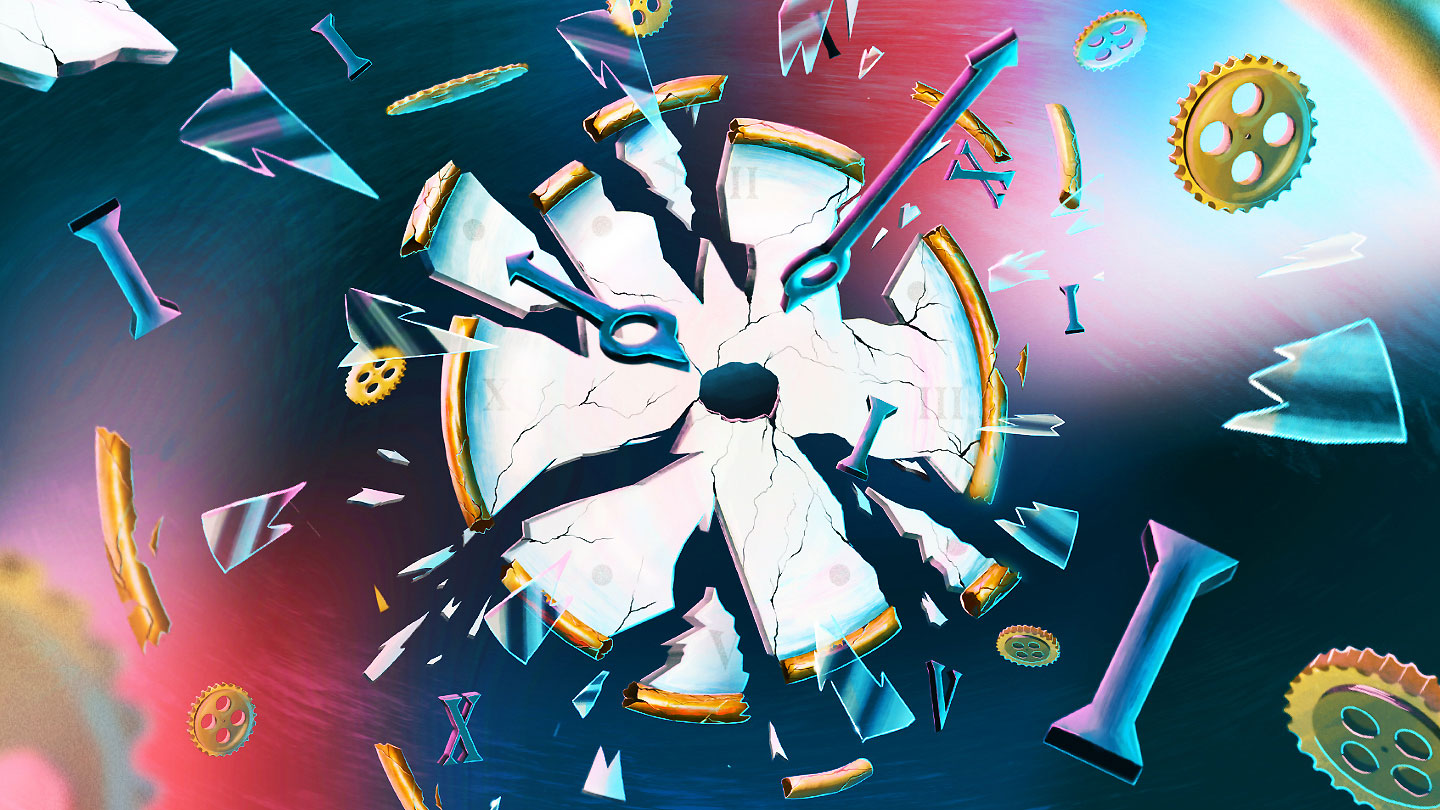Officials reported that thousands of fish died within days of the chemical spill caused by a derailed train, potentially due to contamination of local waterways
Life
24 February 2023
An aerial view of derailed train cars in East Palestine, Ohio Xinhua / Alamy Stock Photo
In early February, a train carrying hazardous chemicals partially derailed and caught fire in East Palestine, Ohio. Three days later, on 6 February, officials conducted a controlled burn of vinyl chloride from five cars to prevent a larger explosion. This generated a massive fireball and column of black smoke above the site. In the weeks since, officials have reported thousands of wildlife deaths, and alarmed residents have been sharing social media posts of contaminated waterways and dead animals.
How many animals have died?
Officials from the Ohio Department of Natural Resources said on 14 February that they believed chemicals associated with the train derailment killed around 3500 aquatic animals. On 23 February, they provided an updated estimate, stating the wildlife death total has now climbed to 43,700 animals within 8 kilometres of local waterways.
Why are animals getting sick?
The derailment itself, as well as the controlled burn, caused hazardous chemicals from the train to leach into the surrounding air, soil and water. These included butyl acrylate, ethylhexyl acrylate and vinyl chloride – the last of which is the most concerning, as chronic exposure can cause liver damage in people. Short-term exposure to high concentrations can lead to dizziness and headaches in humans, and kidney and liver damage in other animals, according to the US Environmental Protection Agency (EPA).
The EPA has been monitoring water around the derailment site for these chemicals, and says that air quality monitoring has not detected contaminants of concern above levels considered safe for humans. But the threshold at which these chemicals become unsafe for wildlife is less understood.
What kinds of animals are dying?
An assessment by independent environmental consulting group EnviroScience found thousands of dead animals in the four waterways they sampled – Dead Sulphur Run, Leslie Run, Bull Creek and North Fork Little Beaver Creek. Most deceased animals were small minnows, though larger fish, amphibians and crustaceans were among the fatalities.
All of those animals are believed to have died “immediately after the derailment”, said Mary Mertz at the Ohio Department of Natural Resources in an interview with CBS News. The government agency also received reports of three birds and an opossum found dead, which it is currently investigating.
Aquatic animals are especially vulnerable to chemicals in water, as they are continually exposed to contaminants. Officials maintain that wildlife killed in the days following the derailment didn’t include any threatened or endangered species.
Are pets or livestock at risk?
There have been anecdotes of farm animals and pets falling ill following the incident, including several woozy foxes, a pet cat with congestive heart failure and a flock of sick chickens kept at a local farm – but these haven’t been officially linked to the hazardous chemicals that leaked from the train. Despite this, Brian Baldridge at the Ohio Department of Agriculture told residents on 14 February that “there’s nothing that we’ve seen with the livestock that poses any concerns”.
More on these topics:














